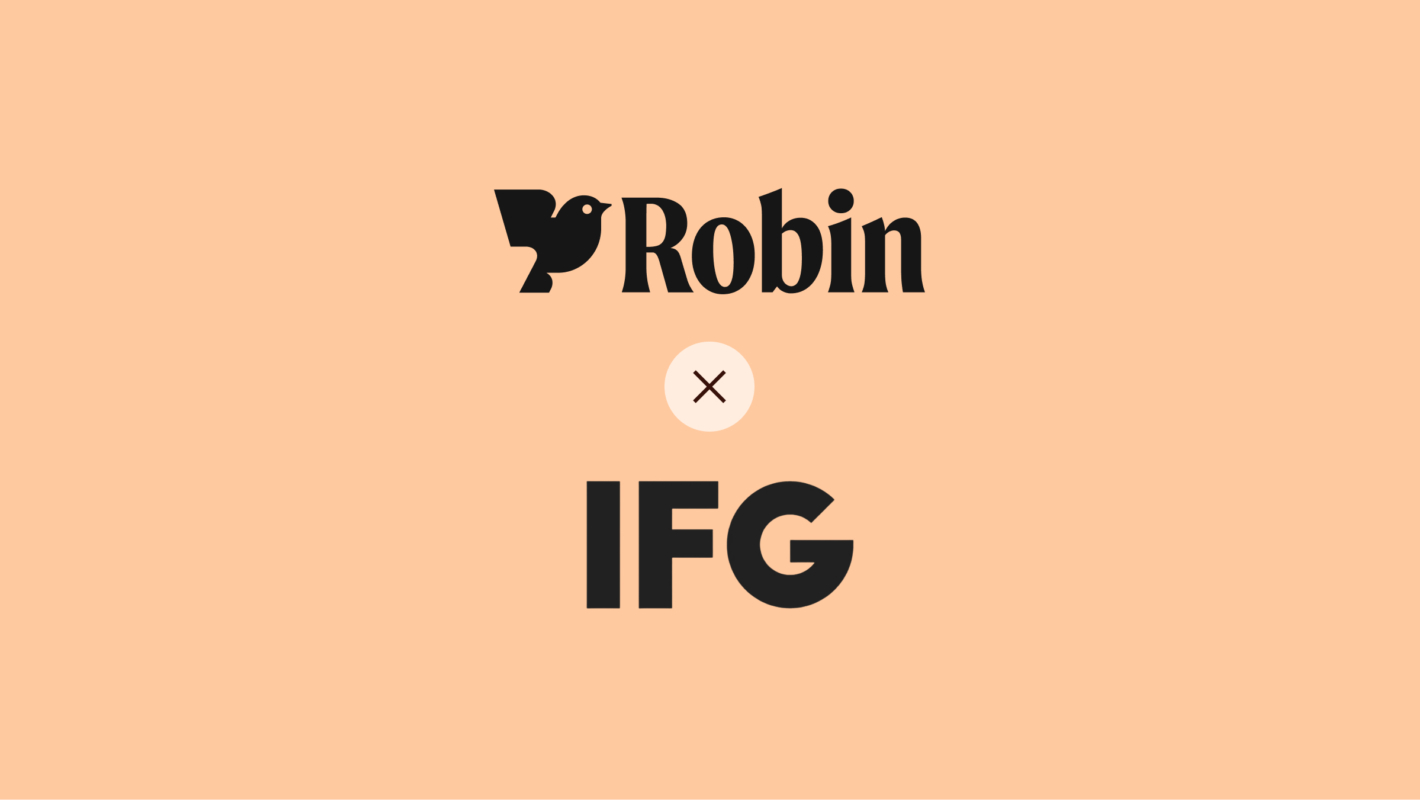Use case: Uncover contract risks and emerging trends
August 15, 2025
Comparison work in legal practice
Contract comparison represents a core task in many critical workflows for legal teams, whether reviewing newly negotiated agreements against standard templates, auditing legacy contracts for compliance with updated policies, or evaluating previously agreed terms with new contracts. Legal professionals traditionally spend countless hours on line-by-line review across hundreds of pages to spot the crucial 10-20% of provisions that actually differ from standard language.
Robin's Chat functionality revolutionises document comparison by enabling natural language queries that surface material differences whilst filtering out standard provisions. Instead of exhaustive manual review, legal teams can direct Robin to analyse specific aspects, compare sections, or highlight deviations that impact defined risk areas, transforming comparison from exhaustive review to strategic analysis.
Real-world applications across industries
Private equity firms: Utilise Robin to compare Credit Agreements with standard LMA templates, quickly summarising negotiated deviations from market standard terms. Rather than manually reviewing lengthy credit documentation to spot variations from standard LMA language, teams can immediately focus on material differences affecting pricing, security, or covenant structures.
Historic compliance audit: Enterprise and financial institutions employ comparative analysis to audit legacy contracts against updated security standards. As regulatory and internal policies evolve, high-regulated industries can systematically identify which historic agreements require amendment to meet current data protection, cybersecurity, or operational standards.
Insurance policy review: Leverage Robin to evaluate competing insurance policy proposals, comparing coverage terms, exclusions, and pricing structures across multiple insurers. This capability transforms policy renewal from defensive review to strategic negotiation, armed with comprehensive understanding of market alternatives.
Sales and procurement support: Decentralise your third-party paper review process by enabling sales and procurement teams to vet vendor contracts against internal guidelines. This ensures they can identify terms requiring legal escalation or negotiation before contracts reach the legal team, improving the quality of commercial input and streamlining the review process.
Steps to contract comparison
Step 1: Upload reference documents
Begin by uploading your reference documents (standard contract templates, playbooks, guidelines, or policies) to Robin's platform. These documents can be the baseline for contract comparison.
Use Robin's properties permission groups to organise and easily resurface these reference materials. Users can create dedicated groups for 'Standard Templates', 'Playbooks', or 'Market Standards'.
Apply relevant properties for ease of future reference (such as document type, jurisdiction, or business unit).
When uploading contracts for comparison, maintain consistent organisation through properties and groups to ensure ease of future reference. For instance, a private equity firm might organise limited partnership agreements by fund, whilst maintaining their LPA template and Credit Agreement LMA templates in a dedicated reference group.
Step 2: Select documents for targeted comparison
Ensure all documents in scope of analysis are uploaded to the Robin Documents hub.
Head to Workspaces section and create a new Chat. Rename the workspace for ease of future reference.
Select ‘Add Documents’ and first select the target documents (the contract or set of documents you are assessing) as well as your reference document.
For focused analysis, select only the specific documents you need to compare. Overly broad selections may dilute the analysis with irrelevant information, whilst overly narrow selections might miss important context from related documents. If reviewing a credit agreement against an LMA template, filter to include just these two documents. For broader analysis, such as comparing a family of related contracts or multiple similarly drafted agreements, select the full set of relevant contracts alongside your template.
Step 3: Chat and analyse
Begin conversing with Robin to analyse the document set. Ensure prompts direct analysis towards the differences that matter most. Generic comparison instructions can be helpful for high-level overview, but context and specificity enables the AI to provide more detailed, relevant answers.
Step 4: Verify and check for context
Every identified difference comes with clickable citations, enabling immediate verification of Robin's analysis. Click through to view the specific provisions in both documents, confirming the accuracy of the comparison and assessing whether additional context affects the materiality of the variation.
Step 5: Deepen analysis through follow-up prompts
The conversational nature of Chat enables increasing depth of analysis. Initial queries might identify broad categories of differences, whilst follow-up questions drill into specific concerns or explore the implications of particular deviations.
This iterative approach allows legal teams to build comprehensive understanding of contractual differences, moving from identification through analysis to strategic recommendations within a single conversation thread.
Prompting strategies for effective comparison
Be specific about what you're looking for
Simple, direct prompts help Robin focus on exactly what you need rather than providing broad responses. Target your comparison to specific provisions or risk areas rather than asking for general differences. Help narrow analysis by defining what you consider the most important terms to look out for.
Example: "Compare the indemnification provisions between this services agreement and our standard template, highlighting any additional obligations or reduced protections for [company]."
Request impact assessment
Don't just identify differences—understand their implications. Ask Robin to explain how variations affect commercial or legal positions to support decision-making.
Example: "How do the termination clause differences in this agreement compared to our template. What affect would these differences have on the ability for [company] to exit the relationship?"
Reference specific compliance areas
Target your comparison to areas of known concern or regulatory focus for more actionable results than general comparison requests.
Example: "Compare these agreements focusing on GDPR compliance requirements and data protection obligations, identifying any gaps from our current template standards."
Prompt for pattern recognition
When comparing multiple contracts to a template, ask Robin to identify patterns across the document set to understand trends and unique clauses.
Example: "Across these five supplier agreements, what are the most common deviations from the payment terms found in [template contract], and which agreements contain the most customer-favourable positions?"
Build reusable comparison frameworks
Develop standard comparison prompts for recurring review types to ensure consistency across your legal team's work.
Example: "Compare [contract] to [template agreement] as [Company], highlighting: additional obligations we've accepted, any reduced protections or remedies, and material deviations that create operational or commercial risk."
A meaningful impact on legal operations
Robin transforms contract comparison from tedious manual review to strategic analysis focused on what matters. Legal teams can concentrate their expertise on assessing commercial implications and making informed decisions rather than hunting for differences.

